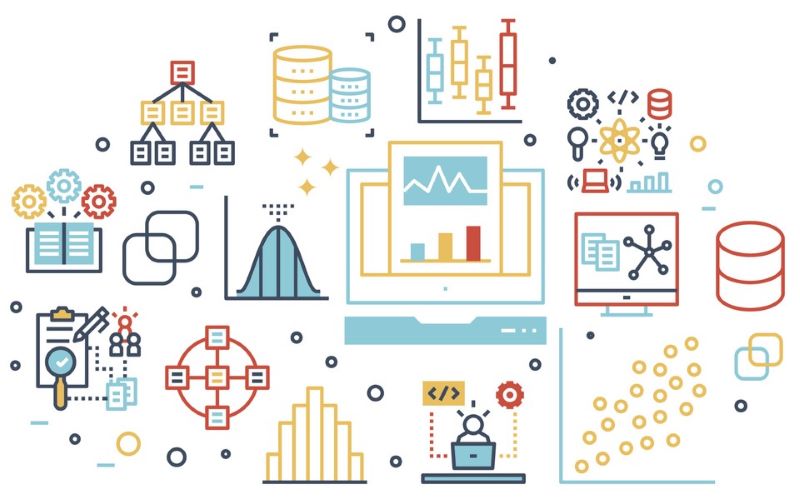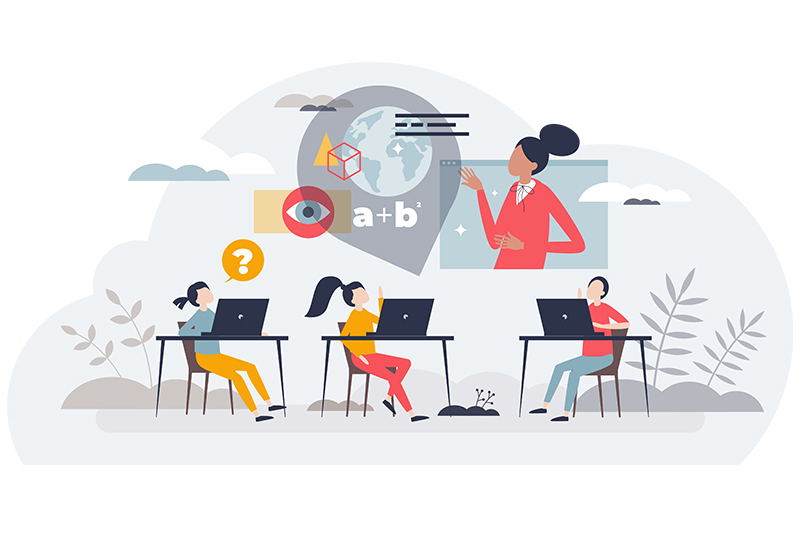| Title: | 自律的ロボットで「モノづくり」を制覇したいGoogle -そのベースとなる「AI(人工知能)」の現状と日本企業の取り組み |
| Updated: | 2014/02/26 |
| Category: | その他 |
| Areas: | 米国 |
自律的ロボットで「モノづくり」を制覇したいGoogle -そのベースとなる「AI(人工知能)」の現状と日本企業の取り組み
昨年、世界的な話題となった自動運転車や米DARPA(国防高等研究計画局)の災害対策ロボットなど、ほとんどSFと見紛うばかりのインテリジェント・マシンが今や現実のものとなりつつある。その背景にあるのが、「AI(人工知能)」と呼ばれる古くて新しい技術だ。1950年代に研究開発が始まったAIは、その後「AIの冬」と呼ばれる長い低迷期を経て、今、統計・確率的な手法や脳・神経科学の最新成果を導入することで、本当に使える技術として産業界の表舞台に再登場しつつある。
Appleの音声アシスタント「Siri」やGoogleの「音声検索」、「自動運転車」など、既にAIは私達の身の回りにあるコンシューマ製品に次々と導入されている。それに留まらず、Googleは今後、AIを搭載した自律型ロボットによって工場における製造ラインや、物流・配送システムなどの合理化も図ると見られる。こうしたAI応用の最前線と現代AIの原理、さらにAIに対する主要企業の取り組みや日本固有の状況などを詳しく紹介した後、今後の行方を展望する。
In 2013 a self-driving car and disaster-relief robot drew much public attention, making us realize that such science fiction-like intelligent machines will soon become reality. Behind these developments is Artificial Intelligence, or AI, which is a kind of old and new high-tech.
Basic research of AI began in the 1950s, before soon hitting a hard wall and experiencing some long and severe setback periods, the so-called “AI Winter.” But AI has made a come back recently by introducing a probabilistic/statistical approach and up-to-date neural-and-brain science research, which has now made AI a very pragmatic and convenient technology.
For example, Apple’s virtual assistant “Siri” and Google’s voice search function, i.e. consumer products, are all using such new forms of AI technologies. Beyond that, Google is reported to be preparing to enter the manufacturing and distribution industry with autonomous robots that have AI installed. The company is aiming to revolutionize these industries by saving labor on the production line in factories and in the distribution process of products. This report investigates the frontline of such AI usage, and explains the mechanism behind current AI technology, as well as looking into prospects for the technology in the near future.




